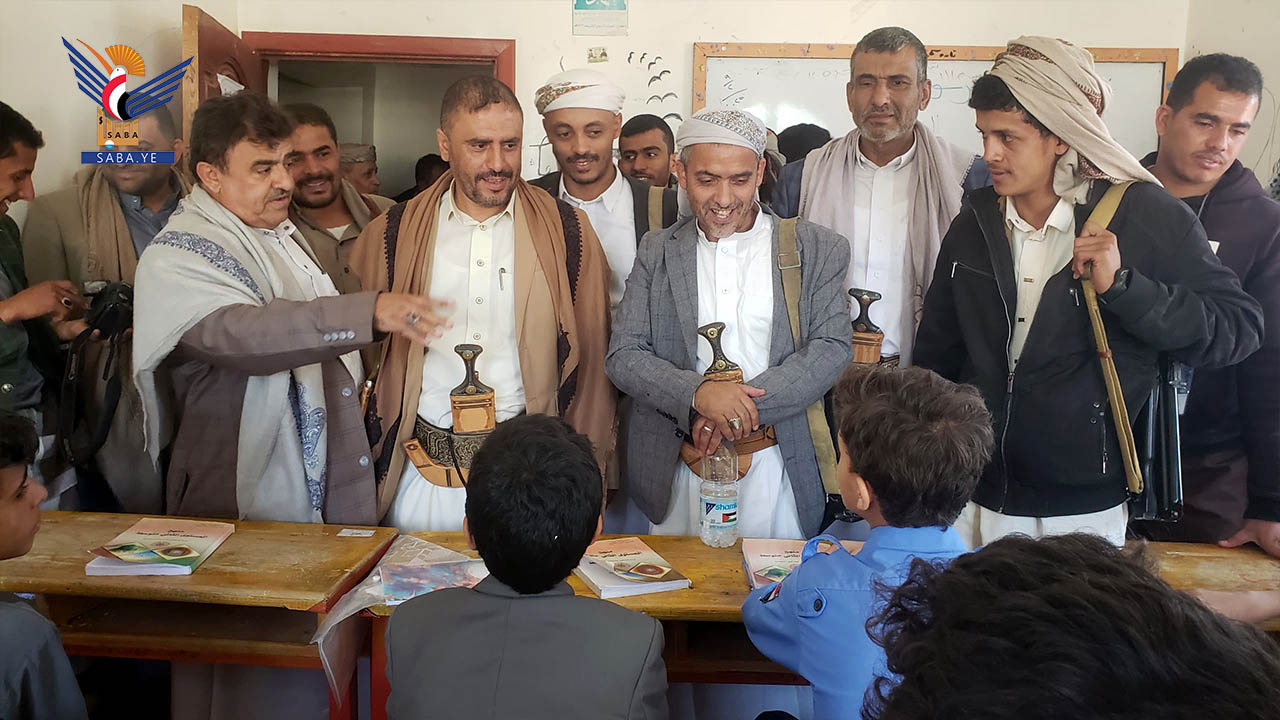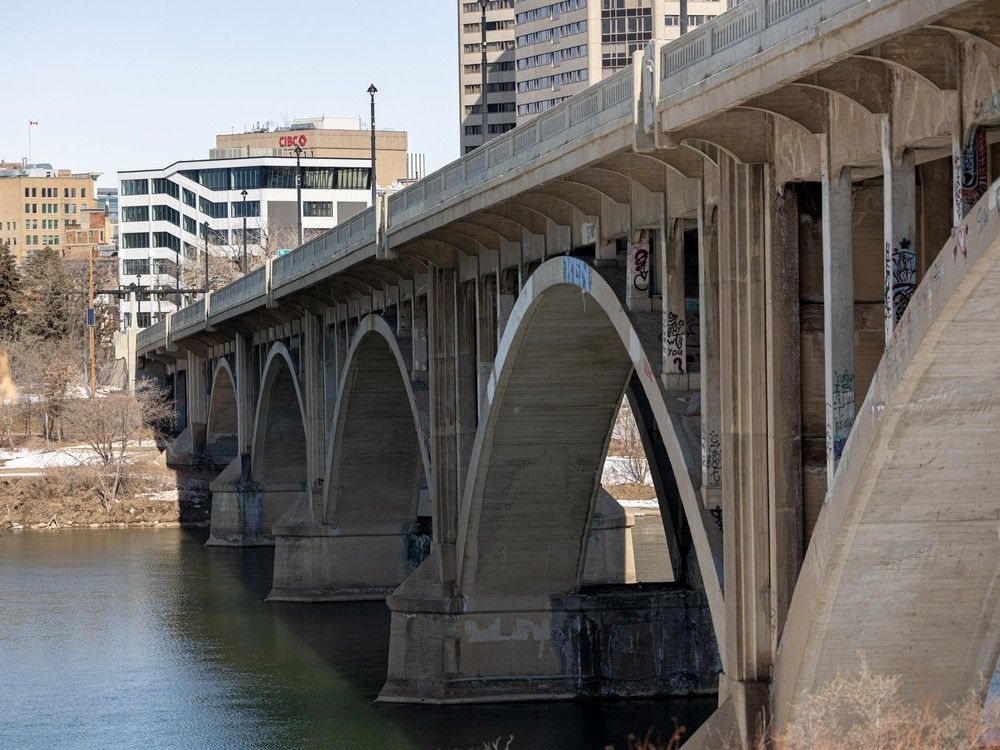Pittsburgh Public Schools ended 2024 with a better financial outlook than expected, although changes at the U.S. Department of Education — and years of budget shortfalls — are keeping district officials vigilant.
At a budget workshop Monday, district chief financial officer Ron Joseph told school board members that the district is at risk of not receiving roughly $15.3 million in promised pandemic aid. States and school leaders were notified late last month that the Education Department will not disburse the remainder of the federal COVID-19 aid passed by Congress.

“We're still awaiting guidance from the state and how that process about possibly applying for project-specific extensions [will work],” Joseph said. “We're working on it, but we're hopeful that there's a path forward where we can receive those funds. If not, then we'll have to work in other avenues.
” Federal lawmakers approved a total of over $189 billion in relief money, including more than $7 billion for Pennsylvania schools and more than $160 million for PPS. Less than 2.5% of Pennsylvania's total aid remains to be spent or reimbursed as of February, but that still amounts to nearly $178 million that commonwealth school districts will not be able to spend or be reimbursed for, according to data collected by Georgetown’s Edunomics Lab.
Joseph said PPS’ money in question was spent to pay for prior commitments, such as construction expenses that were pre-approved, contracts with school-based service providers, books and other classroom materials. The district’s total pandemic aid allocation went to everything from upgrading district technology and purchasing new curriculum, to K-12 tutoring and HVAC installations. In a statement, officials with the Pennsylvania Department of Education told WESA that they “are considering all options to ensure that all funds promised to Pennsylvania are reimbursed appropriately, and Pennsylvania students are not harmed by federal policy shifts.
” The federal changes have made an uncertain budget process at PPS even more shaky. It’s unclear what impact potential school closures and subsequent renovations the district is considering might have on district finances. District leaders are still trying to get back real estate revenue lost to property tax appeals in the city’s commercial districts, as well as millions of income tax dollars diverted to the city each year.
Meanwhile, the Trump administration has threatened to pull federal funding from schools that don’t comply with its efforts to dismantle equity and inclusion initiatives at schools and colleges. PPS receives just under $57 million from the federal government annually for schools in low-income neighborhoods, special education and more. “It feels like every year we're talking about the same things, and now we have this added dilemma of how we work through the current federal administration,” said school board president Gene Walker.
Final 2024 budget figures curtail some gaps In December, board members approved a $752 million budget for 2025 despite a $28.1 million deficit. But according to a January snapshot of district finances , that deficit shrank to $11.
5 million by the end of last year, and PPS ended 2024 with roughly $12 million more revenue than expected. The district also spent $7 million less than budgeted and maintained $34.4 million in its reserves — more than double what PPS leaders initially projected.
That brings the budget just $1.1 million away from compliance with the board’s fund balance policy, which requires that PPS have an amount equal to 5% of budgeted expenditures in its reserves at all times. PPS has come under fire for downplaying these improvements by parents advocating against school closures , who say the district hasn’t provided sufficient evidence of the financial benefit closures could bring.
Meanwhile, others say the better-than-expected figures show that PPS isn’t taking enough aggressive steps to improve academic outcomes for Black students, who make up more than half of the district’s student body. “Every year the district raises public panic about a growing deficit, often to end the year with surplus funds,” former PPS educator Muriel Fox Alim said at a PPS hearing last month. “Let’s also take an honest look at how much and on what we’re spending in our most segregated schools,” she added.
But Joseph stressed that improved revenues did not undo the district’s grim reality: PPS was still short $11.5 million at the end of 2024 and must continue to drain its reserves to make up the difference. The district has only ended the year with a surplus three times in the last decade: 2015, 2020 and 2023.
Joseph said the administration must evaluate its personnel budget and consider programmatic changes to reduce costs. And given downtown’s decreasing tax base, Joseph said an increase in the district’s millage rate to generate additional revenue could be on the table. “We have steadily been depleting our fund balance for the last 10 years,” Joseph said.
“If this continues and we don’t have any change, we’ll look out to 2027, where at some point during that year, we will run out of funds.” Business and finance committee chair Emma Yourd said that, given the uncertainty around federal funding, the district should work to create a balanced budget for 2026. “Because if we are going to run into an environment where we lose $50 million — which is almost 10% of our operating budget — because of federal funding changes, we should be prepared.
” The Associated Press contributed to this report..
Politics

Trump administration threats add to Pittsburgh Public Schools’ budget concerns

At a budget workshop Monday, district chief financial officer Ron Joseph said the district is at risk of not receiving roughly $15.3 million in promised pandemic aid.















